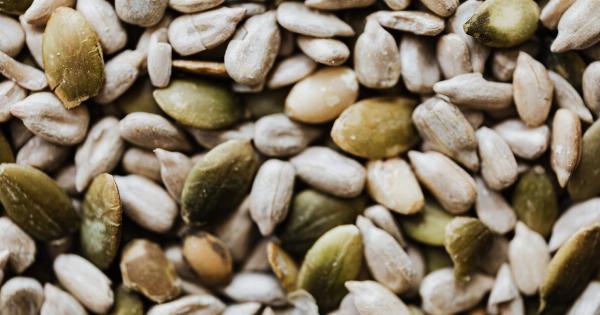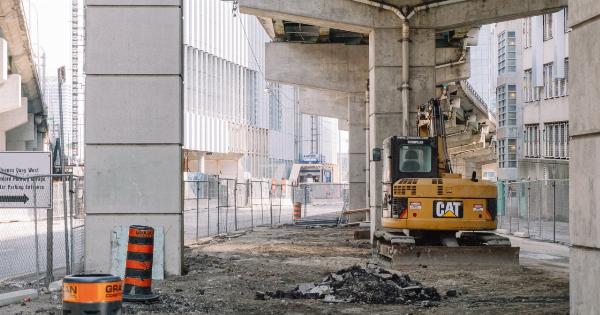Osteoporosis is a condition characterized by weakened bones, making them more susceptible to fractures. While it is commonly associated with aging, there are preventive measures that can be taken to reduce the risk of developing osteoporosis.
However, some people may hesitate to take preventive measures due to the misconception that they are expensive. In reality, there are plenty of cost-effective ways to prevent osteoporosis without breaking the bank. This article will explore some of these methods, ensuring that you can prioritize the health of your bones without a hefty price tag.
Eat a Bone-Healthy Diet
A crucial aspect of preventing osteoporosis is maintaining a balanced and nutritious diet. Certain nutrients play a significant role in bone health and can be obtained through affordable food sources. Here are a few key nutrients:.
1. Calcium
Calcium is essential for bone health as it contributes to their strength and density. While dairy products like milk and cheese are often associated with calcium, there are cost-effective alternatives.
Leafy green vegetables such as kale and broccoli, as well as canned fish with bones like sardines, are excellent sources of calcium without breaking the bank.
2. Vitamin D
Vitamin D aids in the absorption of calcium and helps maintain adequate levels of calcium and phosphorus in the blood.
Exposure to sunlight is the best natural source of vitamin D, and it’s free! Spending a few minutes outdoors each day can help your body produce enough vitamin D. Additionally, fatty fish like salmon and fortified dairy products are affordable dietary sources of vitamin D.
3. Protein
Protein is essential for maintaining bone health and preventing muscle loss. While some protein sources like red meat can be expensive, there are plenty of affordable options.
Eggs, legumes, tofu, and chicken are all affordable sources of protein that can be incorporated into a bone-healthy diet.
Exercise Regularly
Regular exercise is crucial for maintaining strong bones and reducing the risk of osteoporosis.
Engaging in weight-bearing exercises, such as walking, jogging, or dancing, can help improve bone density without the need for expensive equipment or gym memberships. Outdoor activities like hiking or cycling are also excellent and cost-effective options.
Avoid Smoking and Excessive Alcohol Consumption
Smoking and excessive alcohol consumption can have detrimental effects on bone health. They can interfere with the absorption of calcium, decrease bone density, and increase the risk of fractures.
Quitting smoking and moderating alcohol intake or avoiding it altogether are cost-effective measures that can significantly improve bone health.
Get Sufficient Vitamin K
Vitamin K plays a significant role in bone metabolism and can help improve bone density. While it is often associated with leafy greens, which can be affordable, there are other options.
Consuming fermented foods like sauerkraut or incorporating herbs like parsley and basil into your meals are cost-effective ways to increase your vitamin K intake.
Ensure Adequate Hormonal Levels
Fluctuations in hormone levels can affect bone health, particularly during menopause for women. It is important to ensure adequate levels of estrogen, testosterone, and thyroid hormones.
Regular check-ups with healthcare professionals can help monitor and manage hormone levels effectively, reducing the risk of osteoporosis.
Consider Over-The-Counter Supplements
If it is challenging to obtain all the necessary nutrients from the diet alone, over-the-counter supplements can be a cost-effective alternative. Calcium and vitamin D supplements are widely available and generally affordable.
However, it is essential to consult with a healthcare professional before starting any supplement regimen.
Stay Active and Maintain a Healthy Weight
Maintaining a healthy weight is crucial for bone health. Being underweight can increase the risk of osteoporosis, while excess weight can put strain on the bones and joints.
Adopting a balanced diet and engaging in regular physical activity will help you achieve and maintain a healthy weight, thus promoting optimal bone health.
Practice Fall Prevention Measures
Preventing falls reduces the risk of fractures, especially for individuals with osteoporosis. Simple measures like ensuring a well-lit living space, removing obstacles, and using handrails can significantly reduce the risk of falls.
Investing in good-quality footwear with proper grip and support is also a cost-effective way to prevent falls and protect the bones.































